
The advent of sixth-generation fighter planes represents a sharp divergence from the conventions of aerial combat. No longer just a matter of speed or acrobatic limit, these aircraft are designed as networked command centers able to direct autonomous swarms of drones, conduct electronic warfare, and penetrate deep into enemy airspace undetected. As the United States, China, and the Europe–Japan axis push development forward, the competition is as much about artificial intelligence and data dominance as it is about aerodynamics.
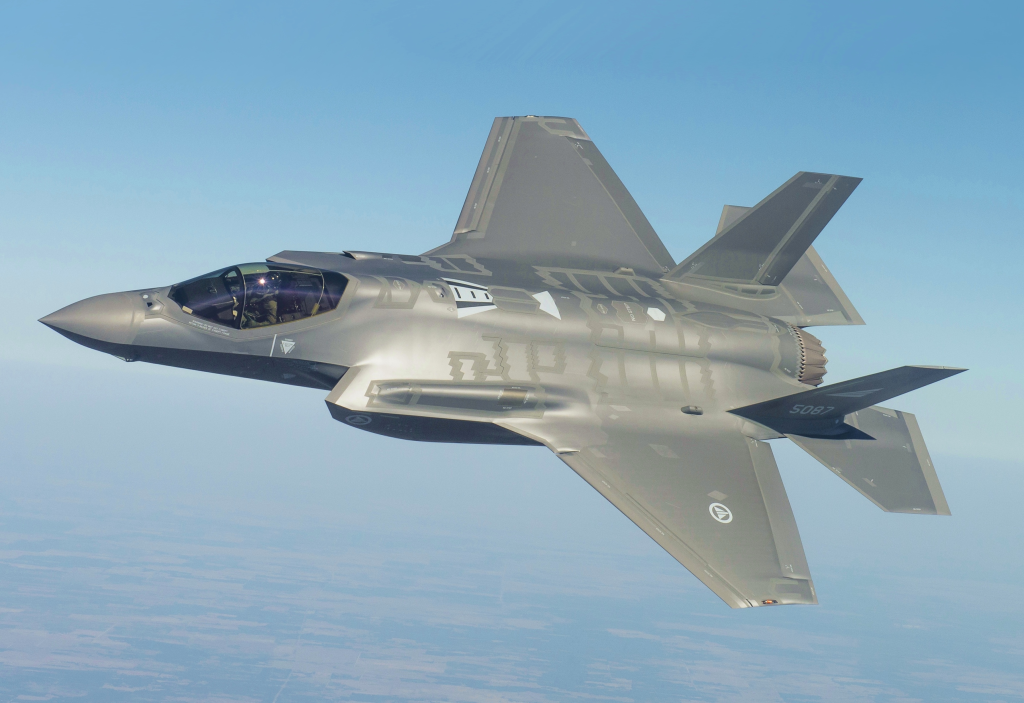
1. From Jet Engines to AI Command Centers
The family tree from the early generation fighters to current sixth-gen designs captures a gradual accumulation of capability from the early use of onboard radar and heat-seeking missiles to the stealth and sensor fusion of the F-35. The new generation breaks sharply from this curve. These planes host AI co-pilots, full-spectrum stealth, and multi-domain connectivity, allowing them to operate as airborne nerve centers. Embedded systems are able to process sensor data independently, assign targets to nearby drones, and communicate with satellites and ground troops all within milliseconds.
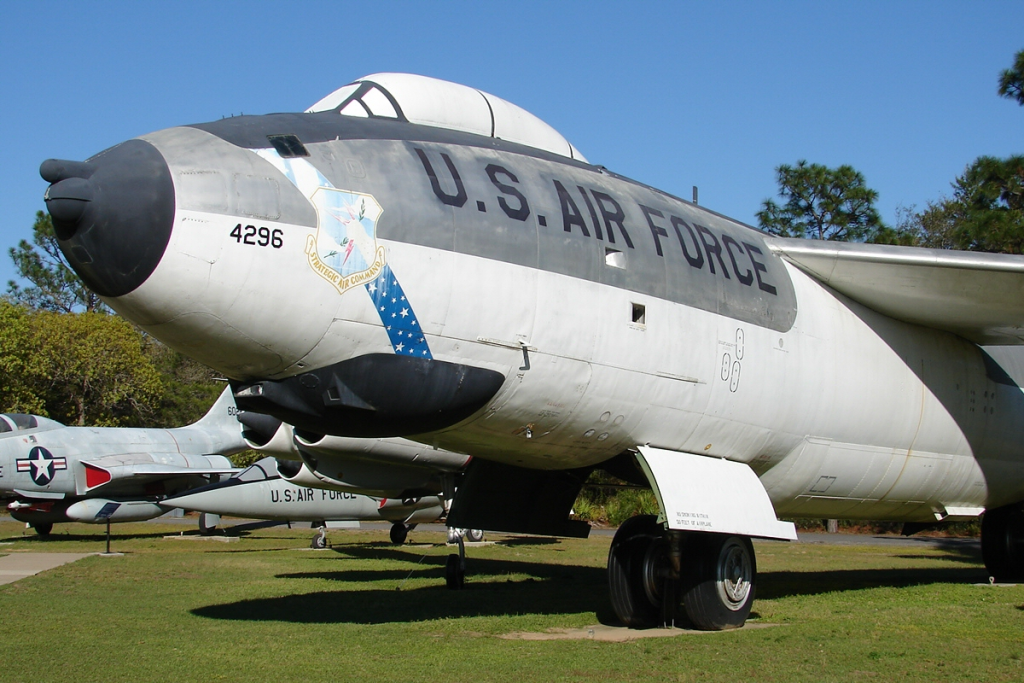
2. The American F-47 NGAD: Stealth++ and Hypersonic Aspirations
Boeing’s F-47, the hub of the Air Force’s Next Generation Air Dominance project, is intended for speeds in excess of Mach 2, a combat range of 1,000 nautical miles, and what commanders refer to as “Stealth++” shaping. Tailless, blended-body design minimizes radar cross-section, and open-architecture avionics enable speedy integration of future weapons lasers, hypersonics, and cooperative munitions that exchange target data in flight. As Gen. David Allvin testified, “With this F-47 as the crown jewel we believe that this provides more lethality in a way that is built to adapt.”
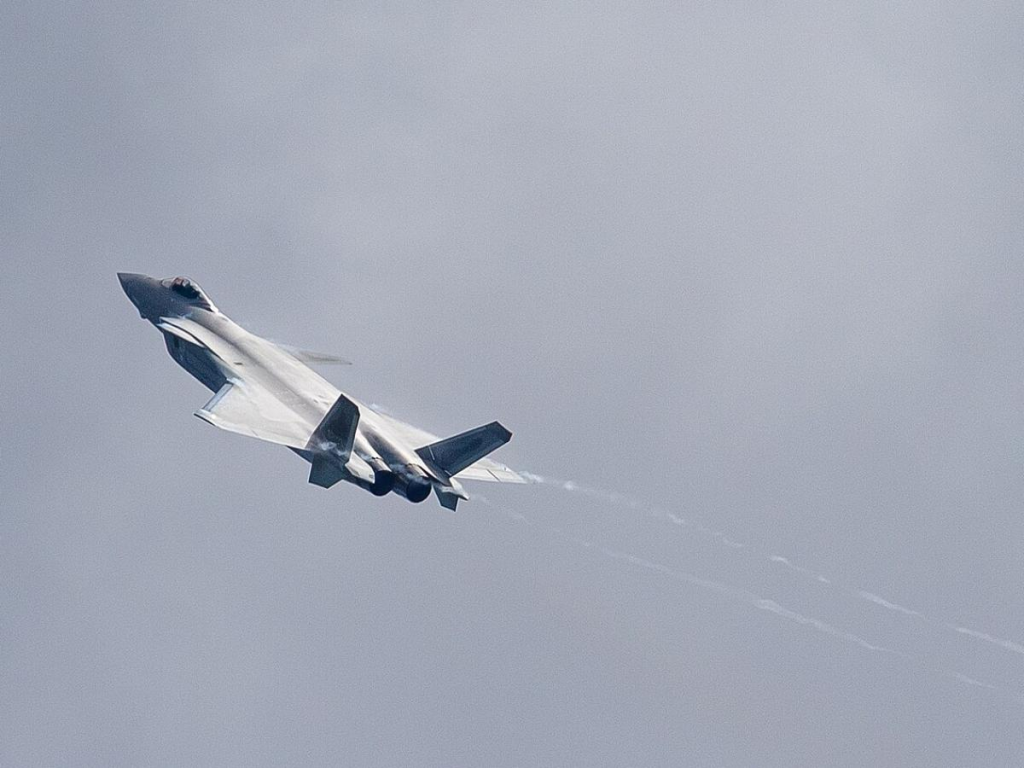
3. China’s J-36: A Three-Engine Aerial Cruiser
Chengdu’s J-36, unveiled in late 2024, is a huge, tailless delta-wing platform with a unique three-engine configuration. Estimated at as much as 114,000 pounds, it has side-by-side cockpits for in-flight drone control coordination, dorsal and lateral intakes, and a large internal weapons bay potentially sized to the PL-17 long-range missile. Analysts term it an “aerial destroyer,” optimized for range 1,500 nautical miles and persistent command of unmanned combat air vehicles across the Indo-Pacific’s vast battlespace.
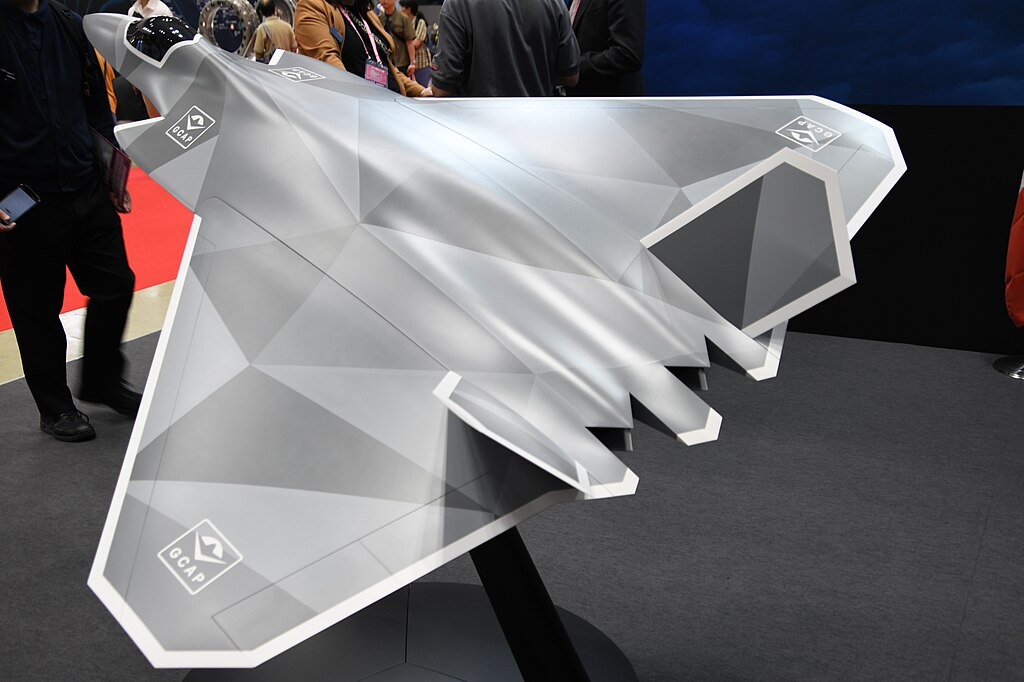
4. GCAP Tempest: Europe and Japan’s Combat Cloud
The UK–Italy–Japan Global Combat Air Programme has completed its industrial partnership under Edgewing joint venture. The Tempest will couple a “combat cloud” with allied fighters, drones, and ground systems, with AI-supported mission management and a payload of over 10,000 pounds. Its virtual cockpit, cast onto helmet-mounted displays, and open systems architecture are designed to make it upgradeable through 2070. CEO Marco Zoff describes it as “a new benchmark for trilateral industrial partnership across Europe and Asia.”
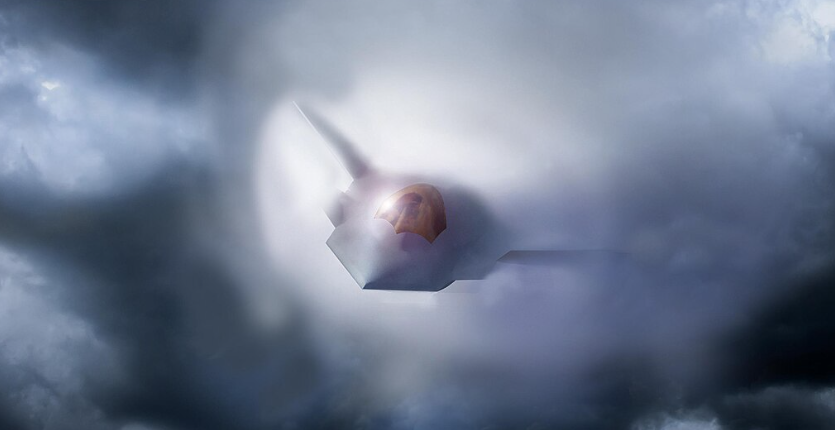
5. Smart Skins and Multi-Spectrum Stealth
Sixth-generation designs will utilize radar-absorbing metamaterials and “smart skins” integrating phased-array antennas, EO/IR sensors, and EW apertures into the fuselage. This reduces drag, extends situational awareness, and facilitates dynamic adjustment to radar and thermal threats. Graphene-based coatings being tested have the ability to self-heal low-level damage, while DARPA’s META program investigates skins that can change electromagnetic properties in real time, making enemy detection more difficult on multiple spectrums.
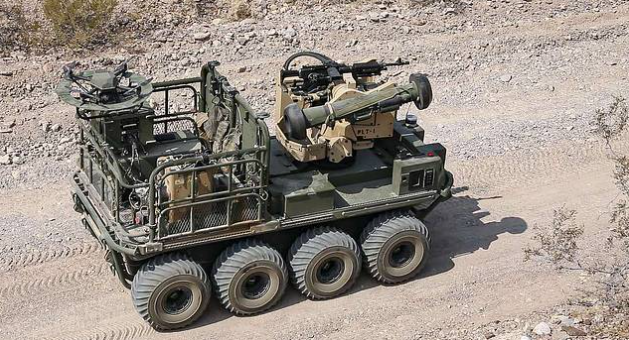
6. AI Decision-Making and Ethical Fault Lines
AI-based autonomy can compress the sensor-to-shooter cycle to milliseconds, but it does so with deep ethics questions. As one RAND analyst cautioned, “The shift to sixth-generation fighter aircraft demonstrates nations are no longer assured of the survivability of their existing platforms.” Autonomous weapons system research identifies “responsibility gaps” when deadly action is entrusted to machines issues exacerbated by algorithmic bias, unclear decision logic, and the potential for robotic escalation in hostile environments.
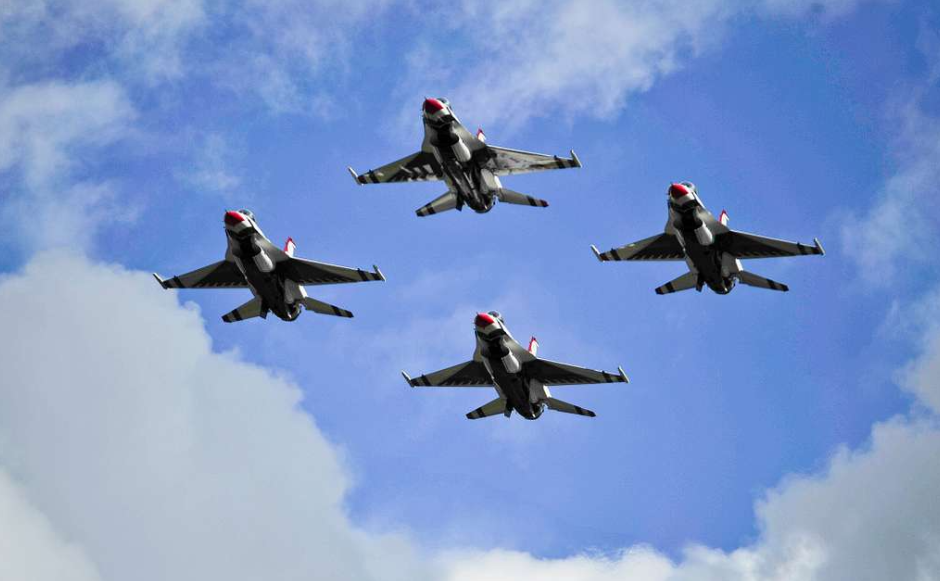
7. Collaborative Combat Aircraft: Force Multipliers or Risk Multipliers?
The U.S. Air Force and Navy see squadrons of Collaborative Combat Aircraft AI-powered drones such as the XQ-67A operating in tandem with manned fighters. These vehicles will purportedly enhance sensor reach, accept risk, and provide precision strikes. However, as critics point out, equating the performance, survivability, and AI dependability of manned aircraft is expensive and technically difficult. Integration onto carriers presents additional challenges, ranging from electromagnetic launch compatibility to secure, jam-resistant communications.
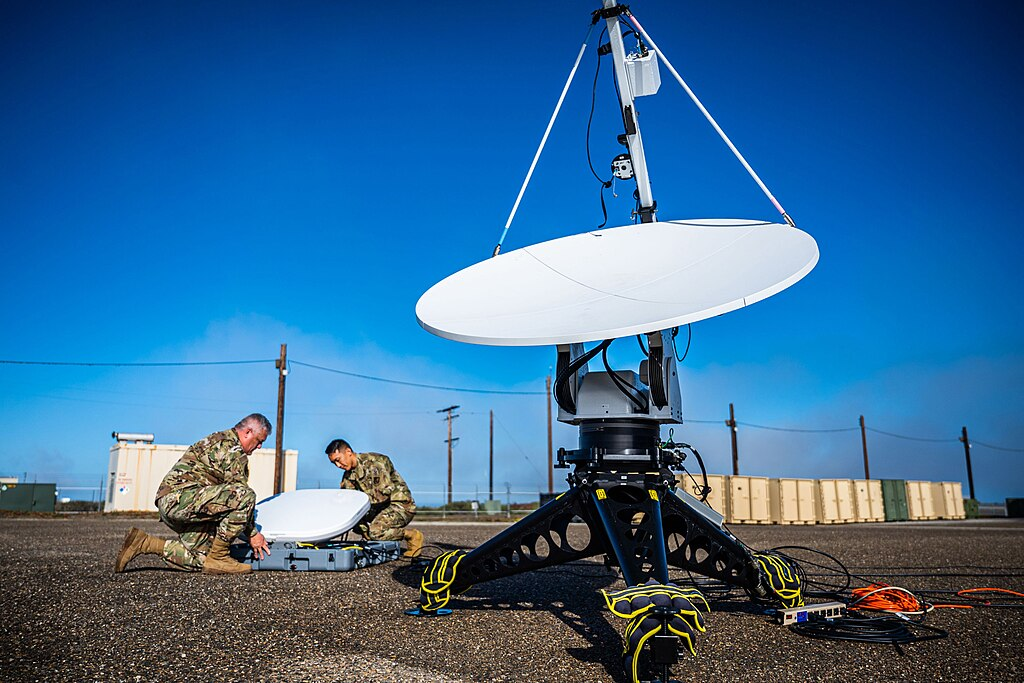
8. Cyber and Electromagnetic Warfare Integration
DARPA officials emphasize that future air battles will be fought as much in the electromagnetic spectrum as in the physical world. The agency’s Digital RF Battlefield Emulator can simulate real-world RF environments at full physics fidelity, allowing pilots to train with “cyber effect” controls in parallel with missile triggers. In a contingency in Taiwan, one leader cautioned, the outcome would be “an electromagnetic armageddon” with each side jamming radars and comms at unprecedented scope.
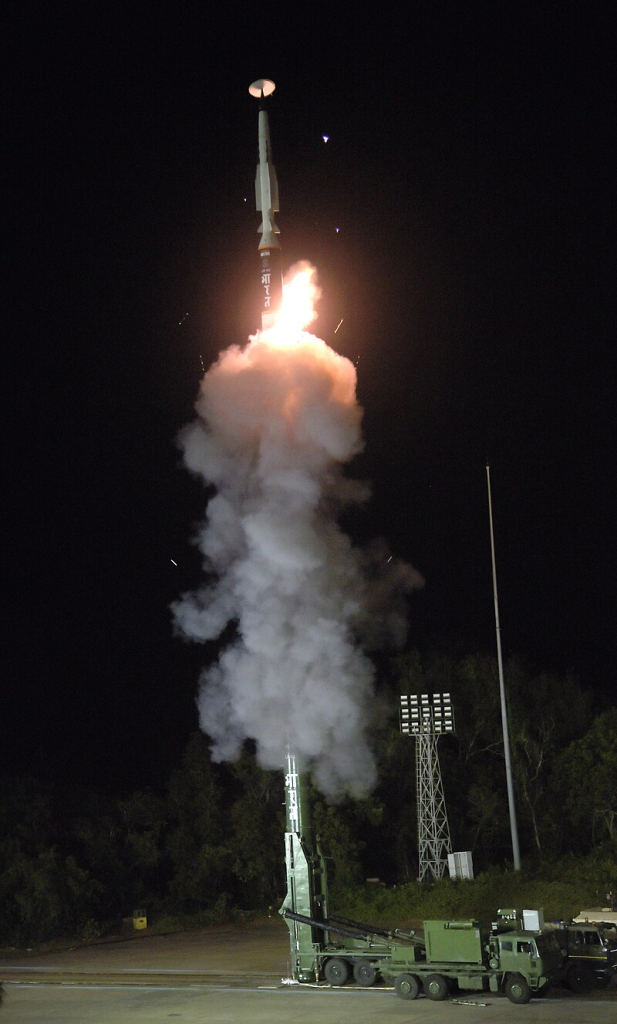
9. Directed Energy and Hypersonic Strike
Laser weapons, with virtually unlimited “magazine depth,” are in active development for fighter integration. Improvements in miniaturized power generation may enable the F-47 or Tempest to destroy missiles at light speed. Hypersonic air-launched missiles Mach 5+ will provide standoff attacks from more than 1,000 miles, adhering to the extended-range doctrine required against A2/AD networks.
The intersection of AI autonomy, stealth metamaterials, directed energy, and multi-domain networking is changing the meaning of a “fighter.” These planes will not simply fight for airspace they will choreograph battlespaces, combining kinetic and non-kinetic effects, human judgment and machine speed, in ways that will influence the balance of power for decades to come.


